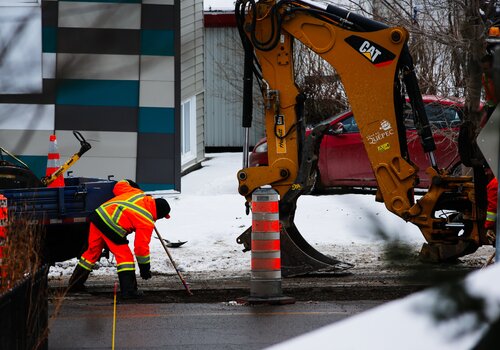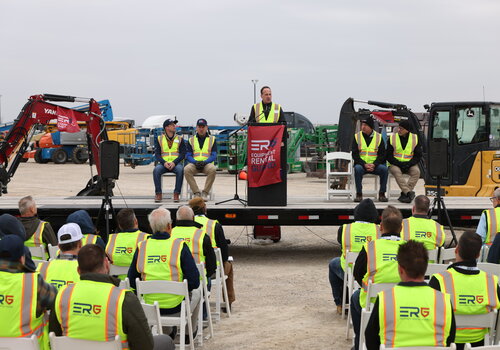In conveyor applications, the closer real-world application is to industry standards, the greater the performance outcome. Such practices produce greater belt life and larger yields.
There are many causes for the real world and industry standard divergence.
- Portable operations create limited space issues.
- Old structures and design flaws limit performance.
- And the old adage “this is the way we have always done it” is a discussion all to itself.
Misuse comes from either a disregard for best practices or a lack of knowledge about best practices. Dick McConnell, National Accounts/OEM Manager, Flexco offers some tips to help you better understand real-world belt conveyor performance and how to troubleshoot issues.
Choosing the Best Belt for the Application
Maximizing conveyor performance begins with choosing a quality belt that is designed for the specific applications in which you plan on using them.
“Without being a trained eye on belt construction, it is difficult to visually determine a high-grade belt from a lessor quality one. Further, industry standards on belt ratings are a broad brush,” says McConnell. “Safety factors tell a clear story on performance expectations. For example, a 3-ply/330 belt with a 6:1 safety factor looks in appearance very much like a high performing belt with a 14:1 safety factor. Like many products, the quality is in the details. Belting manufacturers should be able to provide the safety factor data for consideration.”
Another important factor to consider when selecting a conveyor belt is the ability of the conveyor structure to accommodate the operation forces both planned and realized. Conveyor belt elongation is measured in three different ways—each as a percent of the original belt length:
- Elongation at break measures the percentage the belt stretches before breaking
- Elastic Elongation: measures the percentage the belt stretches as it is tensioned (including when loading)
- Permanent Elongation: measures the percentage the belt length that does not recover after repeating loading cycles
“The carcass—the layers of fabric, skim coats of rubber, and the adhesions—is the workhorse of the belt,” says McConnell. “The covers are there to protect the carcass. Lower quality belts will have lower tension rated fabric, thinner, cheaper skim coat rubber, and lower adhesion characteristics. Further, the top and bottom covers may barely meet the rubber grade requirements. Higher quality belt avoids these shortcuts making for a better overall ‘chemistry’ in the carcass and cover components. This results in far greater cycle time and a greater ability to perform within the operational forces of a conveyor structure.”
Knowing What the Numbers Mean
Knowing the tension of your belt, how to measure it and understanding what the numbers indicate are essential to getting the most use out of your belts.
Rated tension is the manufacturers designated tension performance. In North America, this is measured in units called PIW, or pounds per inch of width. In Europe, it is measured in N/mm or Kn/m. It is generally considered the maximum load a belt will withstand throughout the operational cycle before the components of the belt are damaged beyond recovery.
Operational tension, on the other hand, is the actual load characteristics, measured in PIW, on a specific conveyor structure. “Maximized performance can be achieved for the life of a belt if the operational forces equal less than 60 percent of the belts rated tension,” says McConnell.
There is a quick check method for determining a belt conveyor operational tension based upon motor horse power; it is available on the National Industrial Belting Association website (NIBA.org). “This provides a conservative snapshot of operational PIW,” says McConnell.
If there is a need to detail the operating tension loads, many belt manufacturers have detailed computer programs to facilitate a pin point profile of the operational forces throughout the conveyor cycle.
Tips for Maximizing Belt Productivity
Like all equipment, belts need proper maintenance.
“Always store belt oriented on the belt covers—never on its side, and it is preferred to have the belt covered or stored inside to minimize UV exposure,” says McConnell. “Once in production, operating the belt conveyor with the peak (T1) PIW operational force at 60 percent or less of the belt’s rated tension maximizes load stress performance.”
Structural and loading influences are also a significant consideration. Center loading on the top cover, for example, enhances true and straight belt travel.
“Good maintenance practices on all conveyor components and structure enhances belt life and material management is key.” says McConnell. “Containing the product, center loading and an appropriate belt cleaning system designed to eliminate carryback, will greatly enhance belt longevity.”
Join over 35,000 industry peers who receive construction industry news and trends each week. Subscribe to CONEXPO-CON/AGG 365.












